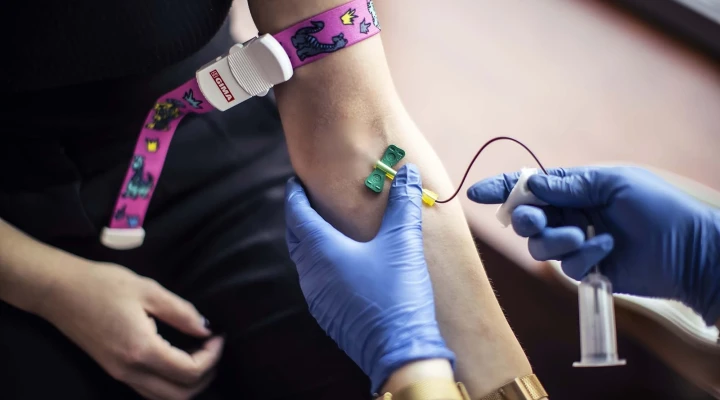It is most easily defined by the most accurately measured hemoglobin concentration: less than 120 g/L in women and 130 g/L in men is considered anemia. There are many different types of anemia, but there are basically two groups: reduced hemoglobin synthesis and increased red blood cell loss.
What can cause it?
There are many causes of reduced hemoglobin production. Statistically, iron deficiency (less commonly B12 or folic acid deficiency) is the most common, where a loss of blood causes more iron to leave the body than the patient's body can absorb from food. If this situation persists, the iron deficiency will return.
It can be easily identified by a simple blood test, and the treatment is simple: replace the missing component. Of course, we must never stop here, we must look for the cause. Iron deficiency, for example, is almost always caused by hemorrhagic iron loss - this can have a natural cause (menstruation) or can be due to a serious illness (such as gastrointestinal tumors).
How can we recognize iron deficiency?
The main symptom of anemia is a loss of oxygen-carrying capacity. Patients experience this in the form of reduced performance, initially only on exertion and then also at rest, shortness of breath and weakness.
There may also be specific symptoms of the underlying problem. For example, one of the symptoms of long-standing untreated iron deficiency, which is fortunately now quite rare in developed countries, is spoon-like concave distortion of the nails or chapping of the oral cavity. Long-standing iron deficiency can also lead to peculiar habits: some patients feel an irresistible urge to chew or eat starch, ice cubes or even soil - the name of this symptom is "pica" - which is fortunately quite rare in Hungary.
It cannot be treated properly without a doctor!
As far as we know at the moment, iron deficiency cannot be properly treated at home or with over-the-counter remedies, so I advise everyone to see a doctor to get proper treatment. To correct iron deficiency, it is recommended to take 200 mg of elemental iron daily for at least 6-8 months. Homemade medication contain less than 10 mg of iron, over-the-counter preparations only 10-20 mg. Not to mention the problem already mentioned above: the cause of iron deficiency must be clarified in order to detect any serious disease in time. Of course, it is much more common for this not to be the case - it is precisely for this reason that an experienced doctor is needed to judge who should and should not be examined in more detail.





